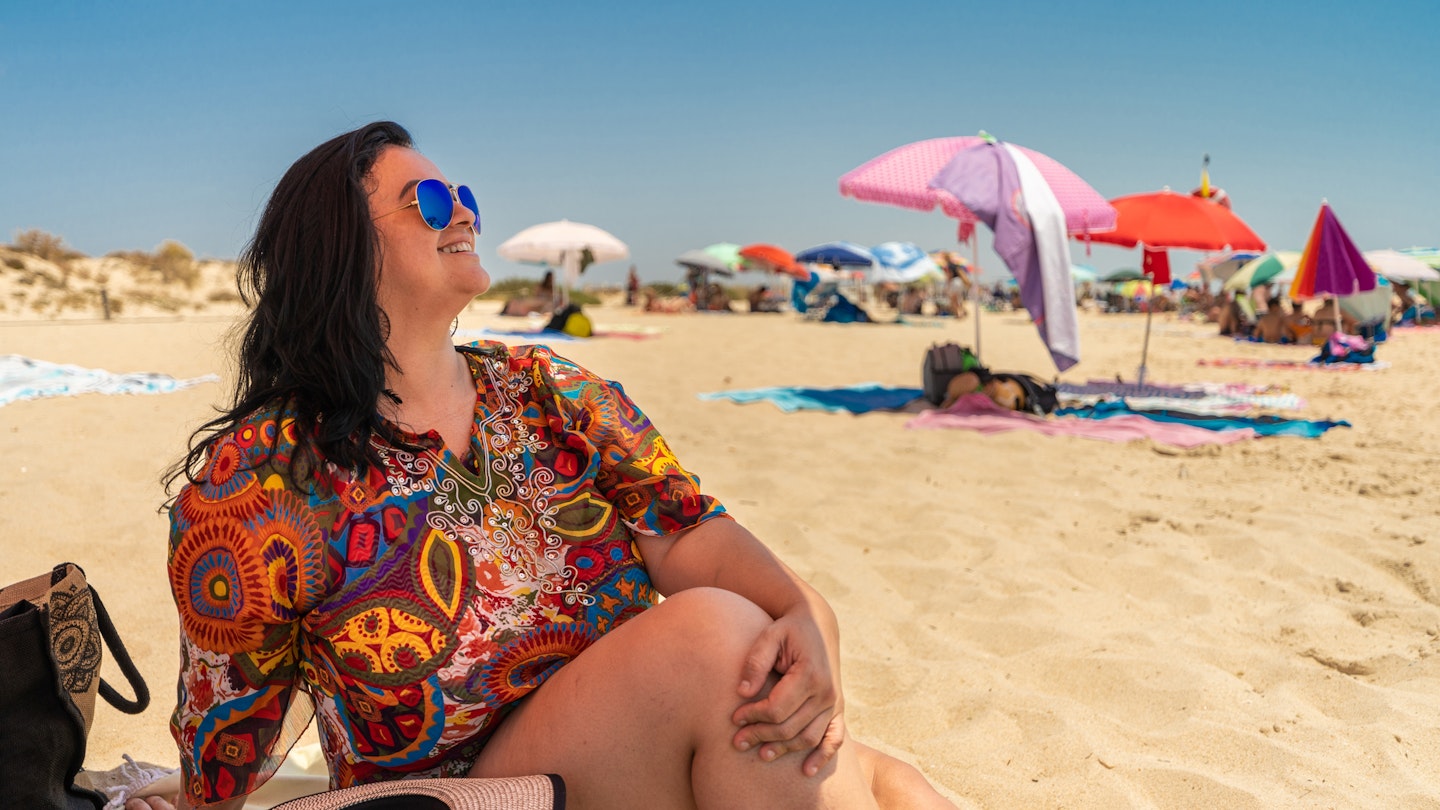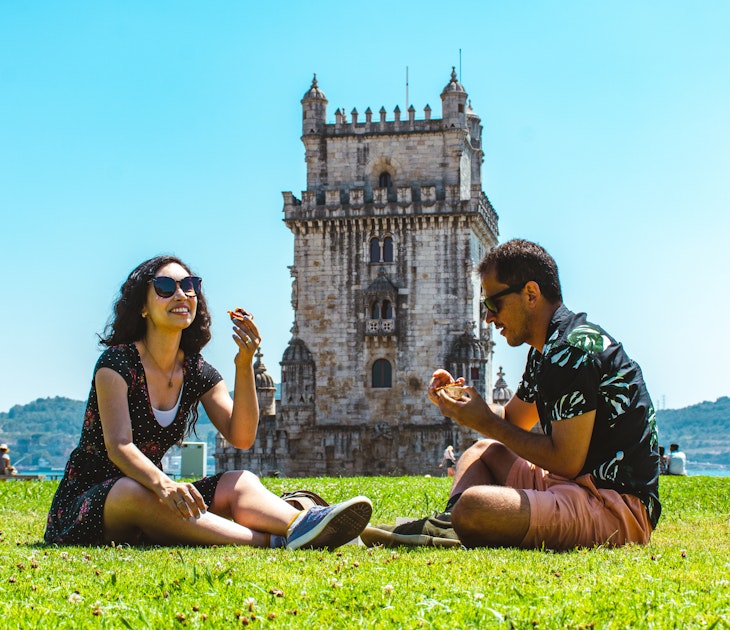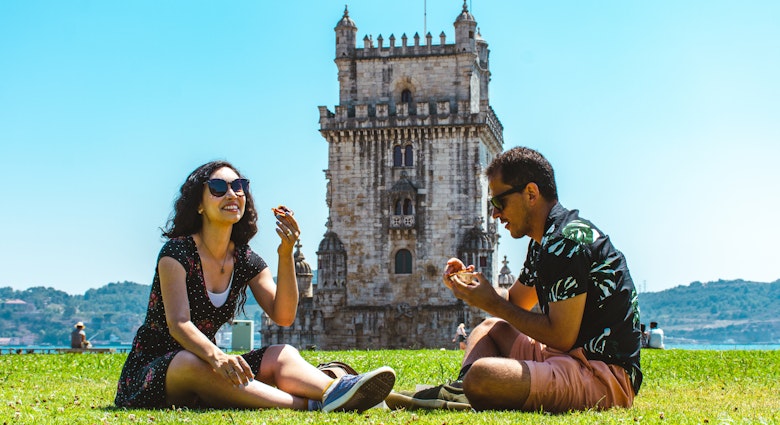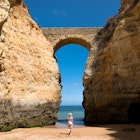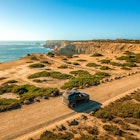The golden, cliff-backed beaches of the Algarve rank among the loveliest stretches of sand in Europe. Given the region’s obvious natural beauty – plus the great surfing, kayaking and other aquatic activities – it’s no surprise that southern Portugal draws big crowds.
Although temperatures vary from month to month, the Algarve gets reliable sunshine 300 days a year. Summertime sees the biggest influx of visitors, while winter feels like an entirely local affair, but there are plenty of activities happening no matter when you visit.
Until recently, many resort towns in the Algarve virtually closed up for the winter, with limited options for lodging, dining and organized tours. That has changed in the last few years as the Algarve’s tourism authority has begun promoting the region as a year-round destination.
Nevertheless, some places still close for the season, so keep that in mind when making your plans. Here's our guide to the best times to come to the Algarve.
June to August is the best time for perfect weather
The Algarve sizzles during high season, encouraging days of lounging on the beach followed by refreshing dips in the ocean (cold Atlantic currents mean that the sea never gets quite as warm as it does in the Mediterranean). There’s also very little rainfall and skies are virtually cloud-free during the summer peak. Festival season kicks off in June and the whole region joins the party at events like Festival MED in Loulé.
In July and August – the Algarve’s hottest months – the average temperature is around 28°C (82°F), though some days can get as hot as 40°C (104°F). With cool ocean breezes, evening temperatures hover around 22°C (72°F) – perfect for comfortable outdoor dining. Music festivals on the beach bring a surge of visitors in July with Afro Nation Portugal bringing the party to Portimão and the incredible spectacle of a candlelit culture festival is not to be missed at Mercado de Culturas à Luz das Velas in Lagoa.
The high August temperatures make it a perfect time to take a dip in the cool Atlantic waters. It's also a great month to spot dolphins on a boat excursion. Portimão street food fest and Olhão seafood festival offer the chance to mingle with locals and experience some of the delicious local cuisines on offer.
Naturally, the peak season for tourism coincides with these inviting conditions on the beach. Hotel prices are at their highest and the crowds hit their peak. If you plan to travel at this time, you’ll need to plan well in advance. Expect to pay a premium to secure your top choices when it comes to accommodations. You’ll also have to share those pretty sands with plenty of other travelers – though you can still find quieter beaches if you travel away from busy tourist centers such as Albufeira and Lagos.
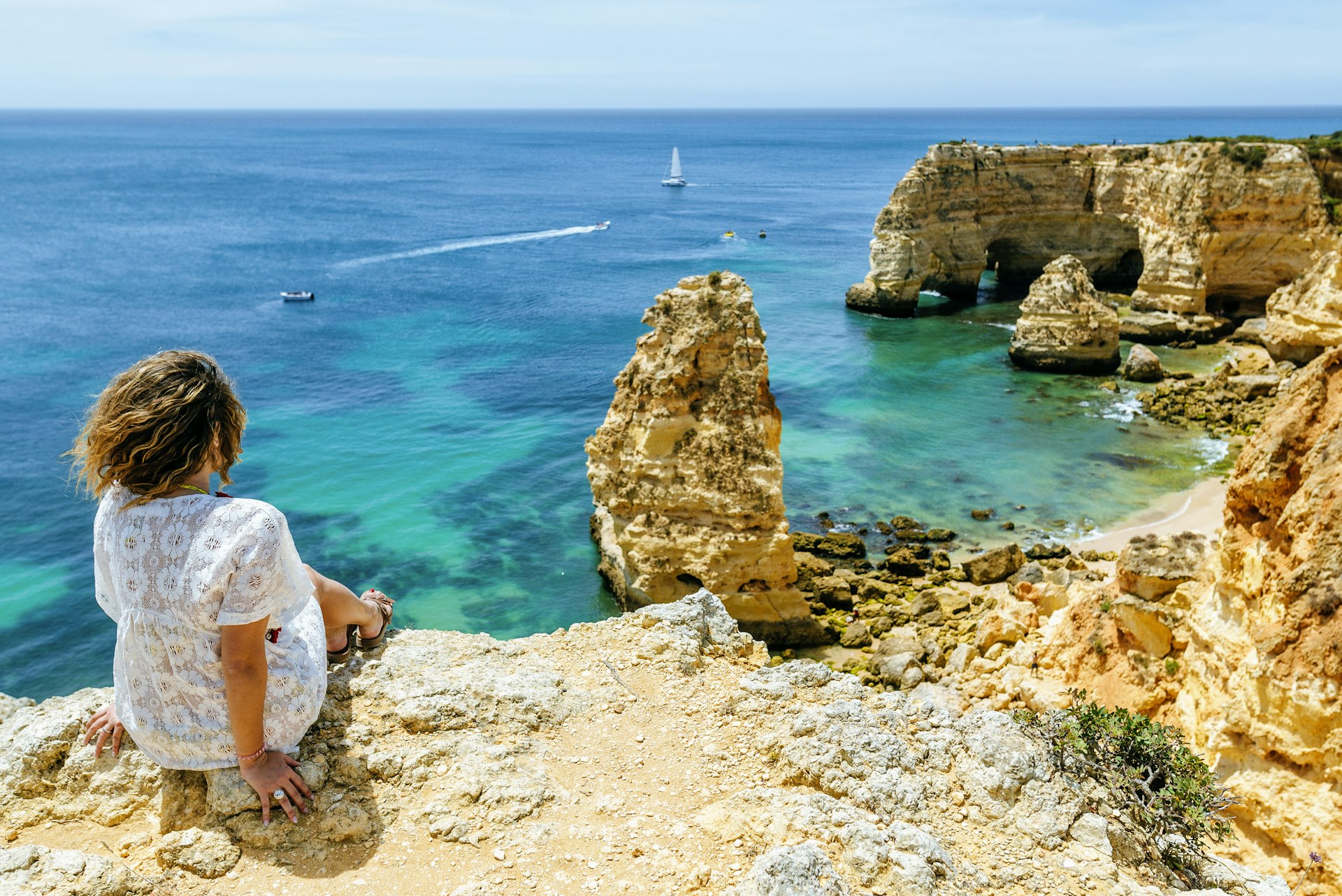
April to May and September to October are the times to enjoy outdoor adventures
The spring months from April to May and the autumn months from mid-September to October are the best times to visit if you’re interested in hiking, horseback riding, mountain biking and other land-based activities. The days are still warm and sunny, though there's a small chance of sparse drizzle, and the temperatures rarely get so hot as to be uncomfortable. Easter in April typically marks the end of the off-season in the Algarve, with the first signs of life emerging in the region's slumbering seaside towns. Easter processions add excitement, as does Liberation Day (April 25) when you can see fireworks and parades in some towns.
Whether you're heading off on a long trek such as the 300km (186-mile) Via Algarviana, or simply going for a seaside walk in the afternoon, the sunny, rain-free month of May is a great time to be out and about. Day parties and dance workshops come to Albufeira during the Kizomba Open Summer Festival – don't miss the opportunity to dance until dawn with an impressive roster of international artists.
Water temperatures in September aren’t much different from water temperatures in August, but cooler air temperatures make for pleasant beach days. You'll see fewer crowds than during the previous month. Practice your best strut beneath the sun at the Flamenco Festival in Lagos. Birdwatchers flock to the Algarve in October to see winged beauties passing through en route to Africa during the annual autumn migration. This is also a great month for outdoor activities, as you’ll get a welcome break from the summer heat.
You’ll find noticeably fewer crowds during these shoulder seasons, and you can save as much as 30% on lodging rates compared to the high season. April and May are also good months to see wildflowers dotting the hillsides, fields and coastal areas of the Algarve.

November to March is the best time for visiting on a budget
The Algarve feels like a different place if you travel in the off-season. You’ll see far fewer crowds and hear much more Portuguese spoken everywhere you go. Temperatures drop, but the days are still quite pleasant, with average highs of around 16°C (61°F), even during the coldest weeks in January and February. Even though most of the Algarve’s annual rainfall comes during the winter, the showers tend to be short, and you’ll likely see a fair number of sunny days.
As the days grow shorter in December, you’ll face brisk nighttime temperatures but lovely mild days, with highs around 17°C (62°F). In the buildup to Christmas, many towns have special markets and put out life-size nativity scenes (Vila Real de Santo António has one of Portugal’s biggest tableaus). There’s a lot happening on the Algarve’s cultural calendar in January, with art exhibitions, dance and theater performances and special winter film screenings. Faro, Portimão, Lagos, Loulé and Albufeira have the most going on, along with Tavira and Silves.
On chilly February nights, locals head inside to catch live music and dance performances in key cities. With the general absence of tourists, days are fairly quiet at seaside towns, except during the Carnaval celebrations, which see parades and revelry in the streets. The early days of spring in March bring longer days and the first blooms to the hillsides around the region. With pleasant temperatures, March is ideal for long walks without crowds.
In all, low season in the Algarve is still a great time to be outdoors, though picture yourself taking long walks on the seaside (with a light jacket handy) rather than swimming in the ocean.

